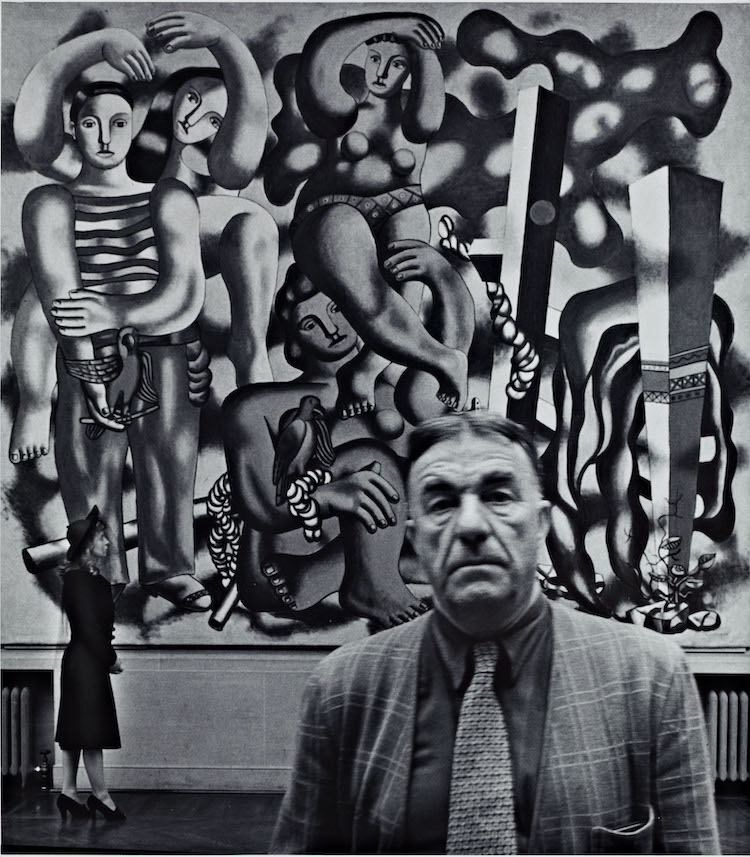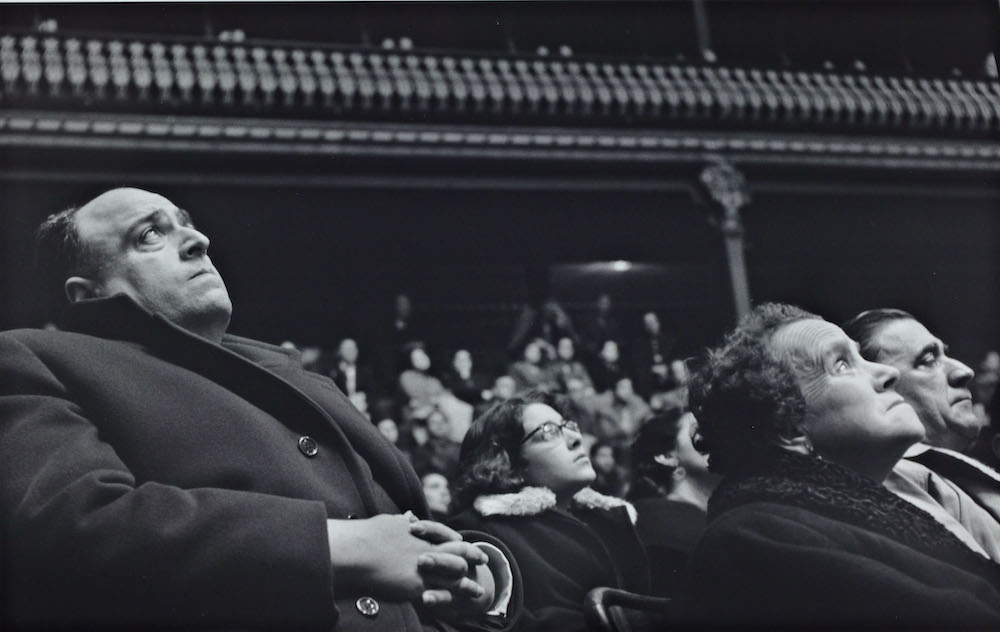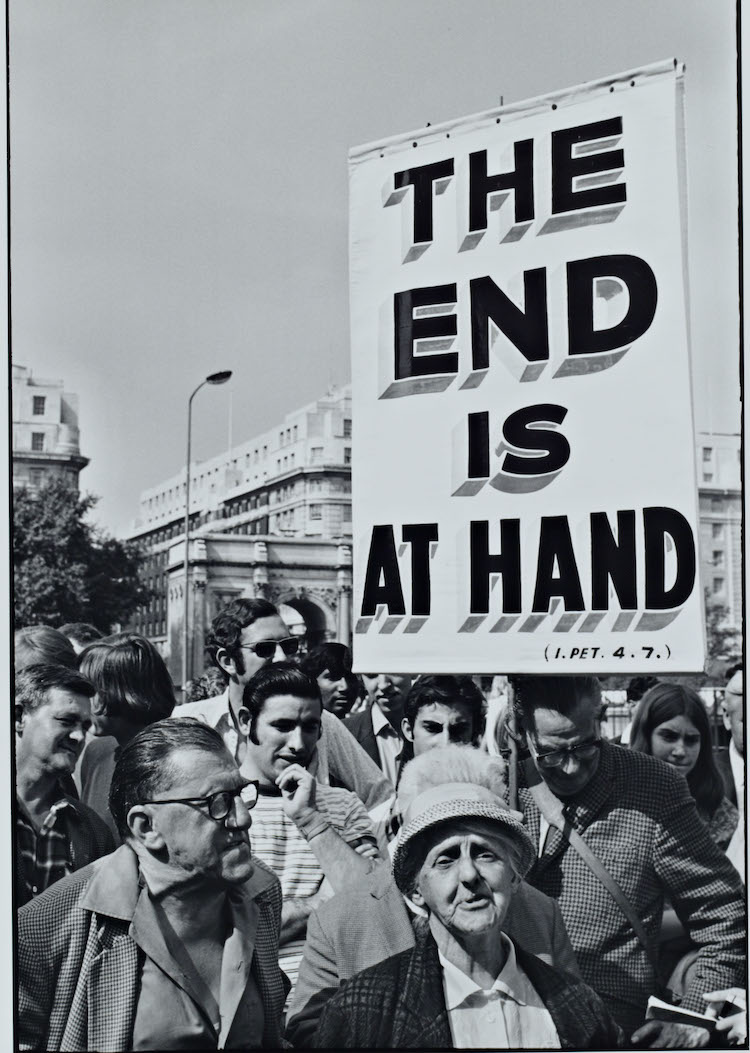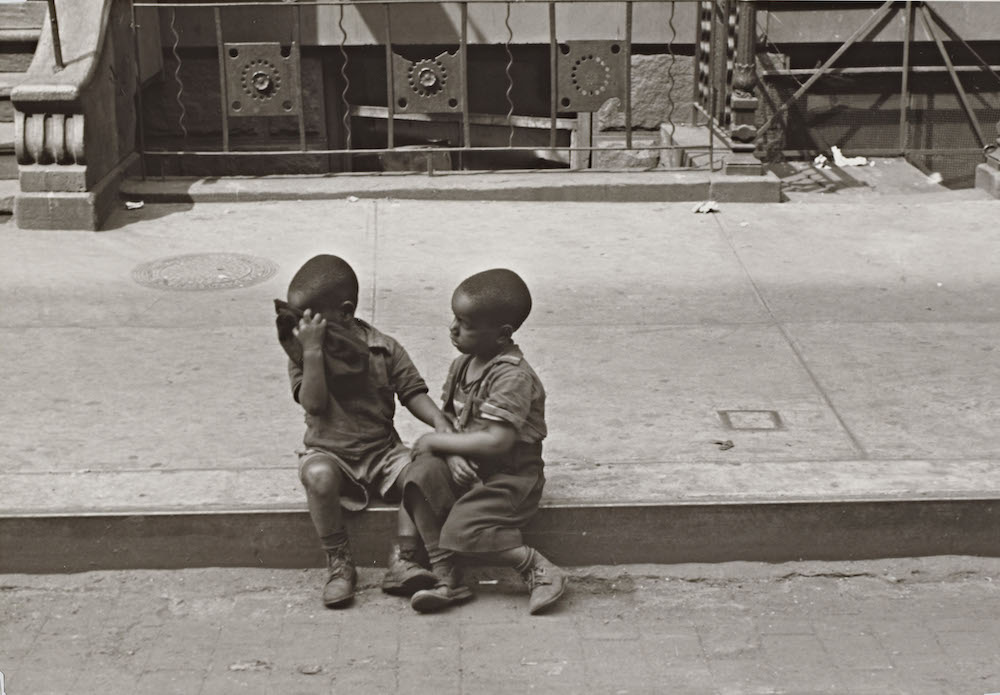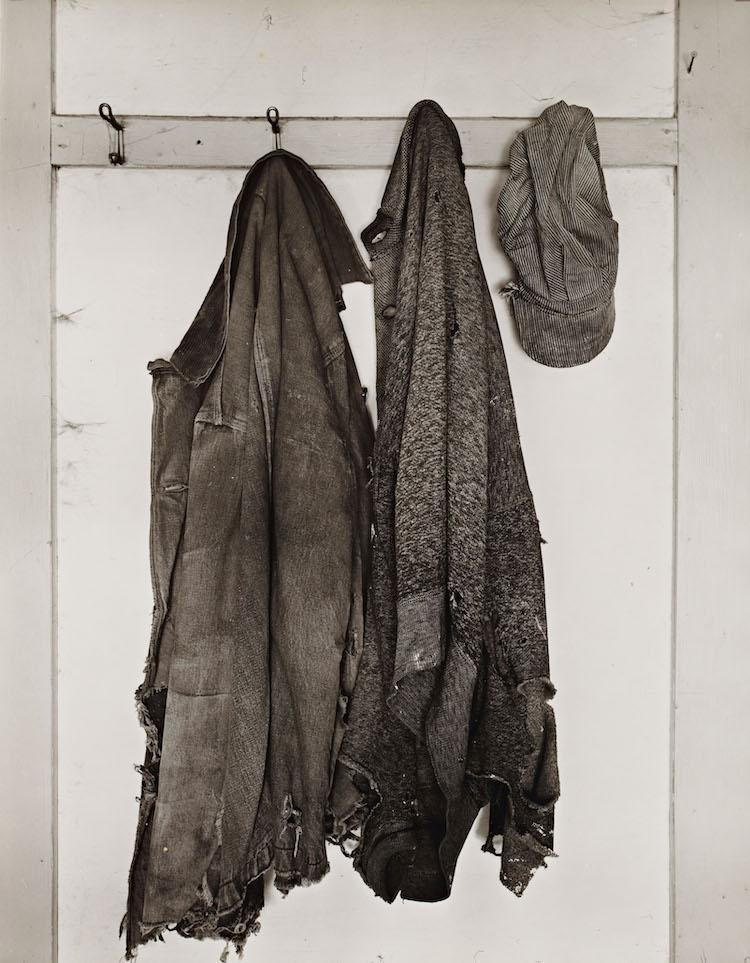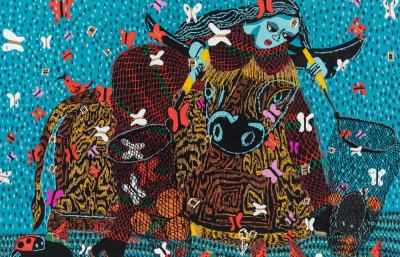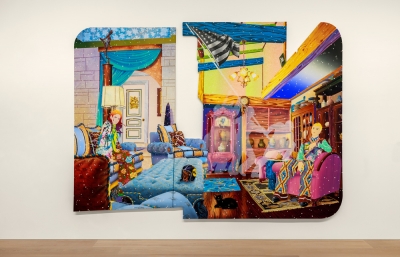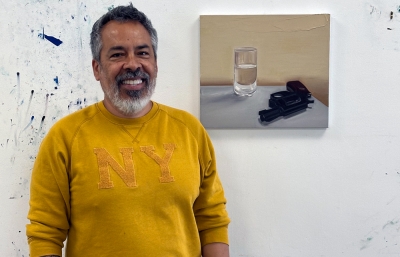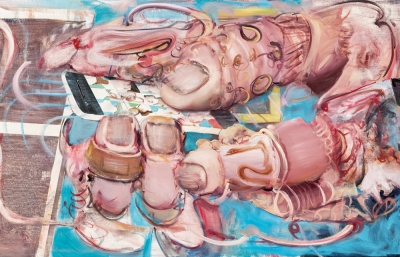“Necessary changes in the way we think about history, identity, and representation have helped us better understand that the American experience and American art is a much more expansive field than previously acknowledged,” explained Cantor Arts Center Director Susan Dackerman in a January conversation. “The role of a 21st-century museum, like the Cantor, is to present art and ideas that demonstrate that array of perspectives.” This quote resonates deeply, not that it is so foreign a concept, but coming from a museum director on the campus of Stanford, in the heart of Silicon Valley, it has deep reverberations for that very idea of what it is to be American. That the tech industry is the dominant force of our time, earnestly promising a more democratic, open tomorrow, is a constant point of debate. Yet the Cantor Arts Center has taken that dictum of what tech long ago sought and applied it to one of the most traditional of all institutions: the art museum. How can both the campus and the museum co-exist and share a dialogue about what it is to be an American?

John Gutmann
Reimagining the museum experience seems to be the conundrum that the art world debates, and a museum such as the Cantor on the campus of a prestigious university has the option of keeping classic or expanding to run parallel with its already famed graduate programs and research-orientated history. The Cantor, for instance, is finding the right balance between contemporary dialogues, such as their atrium installation by Stephanie Syjuco or projects with Kahlil Joseph and Jordan Casteel and past-master history, with the Rodin Sculpture Garden being a highlight. Museums should reflect not only society but the way we navigate through our world. A reflection of the communication revolution that is Silicon Valley, Casteel is next to Diebenkorn, with a Do Ho Suh in the next room. This feels like a most authentic way to consume art in the 21st century, part politics, part aesthetic pleasure, and part open communication about how we find ourselves in the world around us.

Wright Morris
We tend to put so much significance on campus art programs and museums because as we grow more and more detached from reality in our social media lives, the campus becomes an idea and a place to fulfill a thirst for understanding and examination. Over the next few months, the Cantor will display some exhibitions of note, including Paper Chase (acquisitions from the museum focused on identity, social justice and humanity) and Outside Looking In, the second in a three-part series of photography exhibitions that examine the American experience, featuring works by John Gutmann, Helen Levitt and Wright Morris. Museums, like university campuses, are supposed to be living centers of thought, debate and expression. It seems like the Cantor is keeping their promise. —Evan Pricco
Cover Photo: Helen Levitt, New York, 1970. Cantor Arts Center Collection, The Capital Group Foundation Photography Collection at Stanford University


